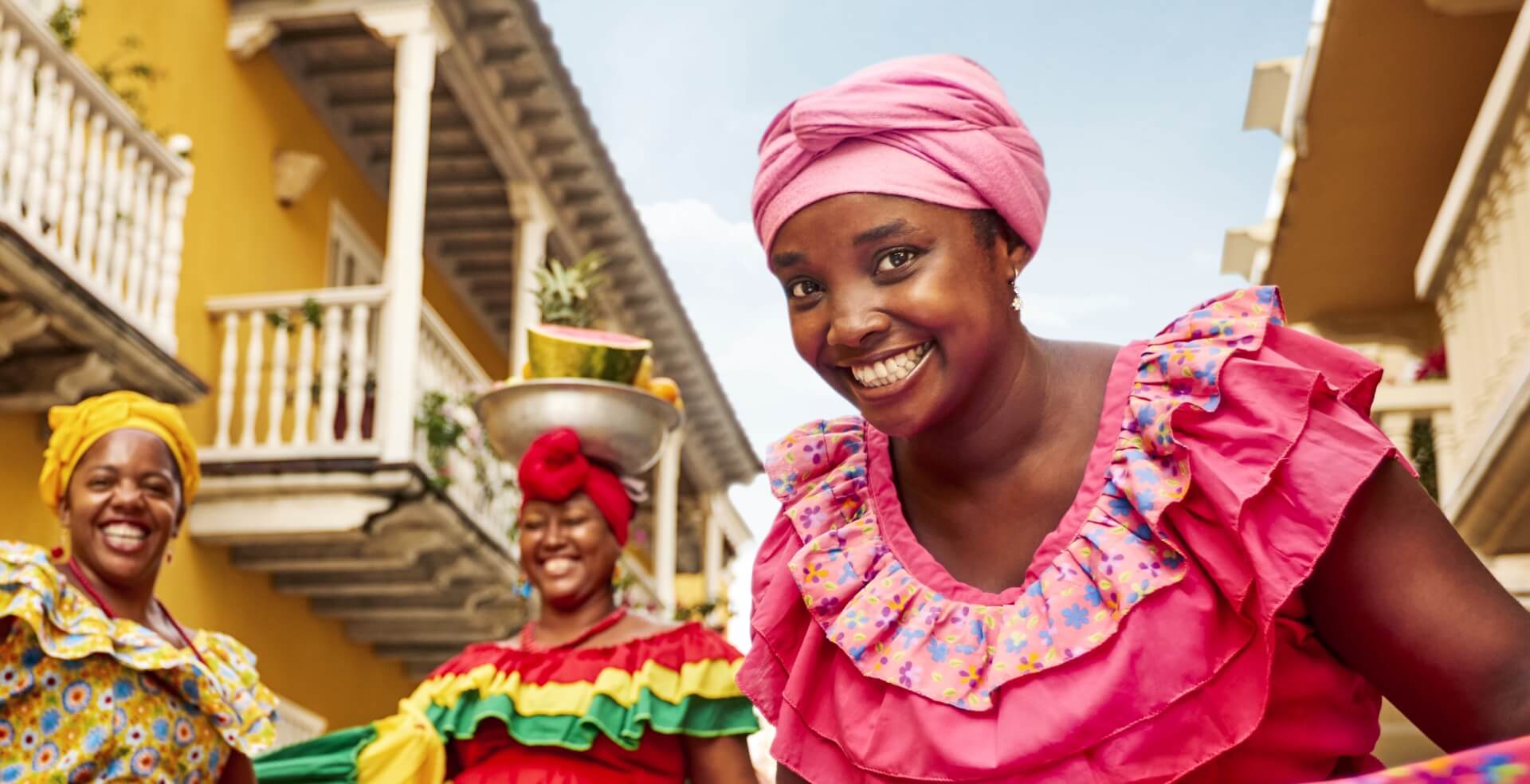magine you were given the chance to step into a time machine and see, smell and hear the sights and sounds of times past.
This is the experience of visitors to the Calima Darien Archaeological Museum, which has worked hard to recreate the lives and experiences of pre-Columbian peoples.
Colombia’s indigenous history is central to its identity and yet many of its citizens and visitors have a lot to learn about its indigenous groups, past and present.
Tourism sites like this museum, an archaeological jewel in the center of Valle de Cauca, south-west Colombia, are attempting to fill the gap.
Here we explain why the Calima Darien Archaeological Museum, in the small town of Darien near Lake Calima, is an essential stop on any visit to Colombia.
You may also be interested in: 4 Reasons Cali should be at the top of your vacation list
A research center for archeologists
Astonishment. That is the word that best describes the experience of visitors to the Calima Darien Archaeological Museum.
This small museum was founded in 1981 and is the only place in the country that houses excavated pieces alongside a research center for archaeologists.
The museum itself covers 15,000 square meters and houses close to 2,500 items from pre-Hispanic cultures and societies. All of them relate to the Colombian southwest, particularly the Calima Darien area.
Visitors have the chance to study the region’s archaeological heritage, enjoy a guided tour of the exhibitions and relax with a walk through the surrounding gardens.
The most popular exhibits are the pre-Columbian homes that have been carefully designed so they recreate the living experiences of the cultures from various historical periods, offering real insight into the lives of people at that time.
The Calima culture
The museum’s exhibits focus on four societies that previously occupied the region, although they did not cohabit.
Their names were, in order of arrival, the Ilama, Yocoto, Sonso and the Malagana and, despite the fact they occupied the area at different times, their ceramics and metallurgy do share certain characteristics.
The Calima culture is the name given to this series of cultures collectively.
The Ilama and Yotoca cultures in particular shared several interesting features, for example, similar shapes for their ceramics and the use of hammering and embossing on their goldwork. However, archaeologists have identified important differences.
You may also be interested in: Destinations with dream experiences
Ilama culture
The ceramics from the Ilama period, the first group of the Calima culture, stand out due to the use of two distinct colors: red and black. When it came to the field of cosmogonical representation, the branch of astronomy that deals with the origin, history, dynamics and structure of the universe, the Ilama told their ‘origin story’ through characters on their ceramics.
Yotoco culture
The second group of the Calima culture, the Yotoco, were skilled pot makers and increased the range of colors they used in the creation of their ceramics by painting in the polychrome form, that is to say, using numerous colors. Gold objects were also much more common among the Yotoco than during the Ilama period. In contrast, no cosmogonical representations were found on their ceramics.
Sonso culture
When it came to the third phase in the Calima culture, the Sonso, the number of shapes used in ceramics was much less and metal objects were also scarce. For some, the Sonso’s goldwork is not as skilled or visually impressive as that of the area’s previous inhabitants, because the Sonso mixed their gold with copper. There was also an abrupt change in techniques: hammering gave way to casting.
Malagana culture
Finally, the Malagana ceramic work is highly skilled and the most polished of the Calima culture. Two celebrated examples are the ocarinas, vessels for the collection and storing of liquids, and the alcarrazas, globe-shaped pitchers with two spouts and a bridge handle. White and terracotta are the two colors that dominate.
You may also be interested in: Spend a week discovering the cultural, culinary and natural wonders of Valle del Cauca
Things to do at the Calima Darien Archaeological Museum
Locals like to say that the museum offers not just a tour through its halls, but a trip through 10,000 years of human history.
As well as guided visits, other popular activities include a walk through the museum’s gardens to see the replicas of the pre-Hispanic dwellings, where the lived experiences of the cultures in the various periods are recreated.
Visitors can also enjoy video projections and can participate in the museum’s themed conferences and workshops related to aspects of Calima cultural life.
There is also a theater that seats a hundred people and a small event salon.
How to get to the Calima Darien Archaeological Museum?
The Calima Darien Archaeological Museum is located in Darien Colombia, which is very close to Lake Calima. It is accessed via Cali or Buga.
To access the museum from Cali, take a bus from the transport terminal to Darien and, once in Darien, take a small collective bus to the museum.
To access the museum from Buga, take the bus to Darien and then the smaller bus onto the museum. The journey from Buga is the faster of the two, and takes around one hour.
The Calima Darien Archaeological Museum opens Monday to Friday from 8am to 5pm and on Saturdays, Sundays and public holidays from 9am to 5pm. Before making your visit, call the museum to check if it's open on (092) 253-3496.
You may also be interested in: Behind the charms of the most welcoming country in the world















